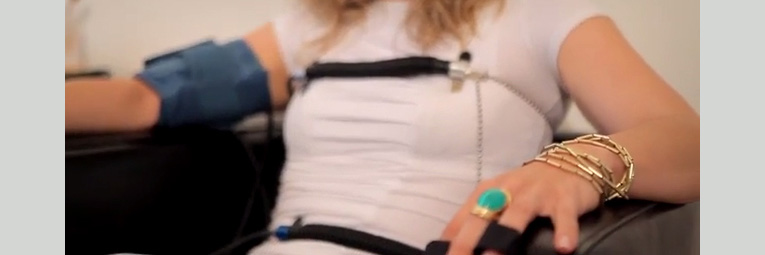A polygraph is an apparatus that assists in diagnosing lies. As his hinted from its name, (poly = a lot, a graph) a polygraph apparatus translates physiological responses received from the respondent’s body, which is connected to the polygraph apparatus, into graphical records that the qualified polygraph expert can diagnose as responses that are proof of true or false statements.


just a try